Our travels through the Balkans have made clear to us how the histories of these countries are inextricably intertwined. If you haven’t read our previous posts, you may find the ones on Serbia and Bosnia & Herzegovina particularly interesting.
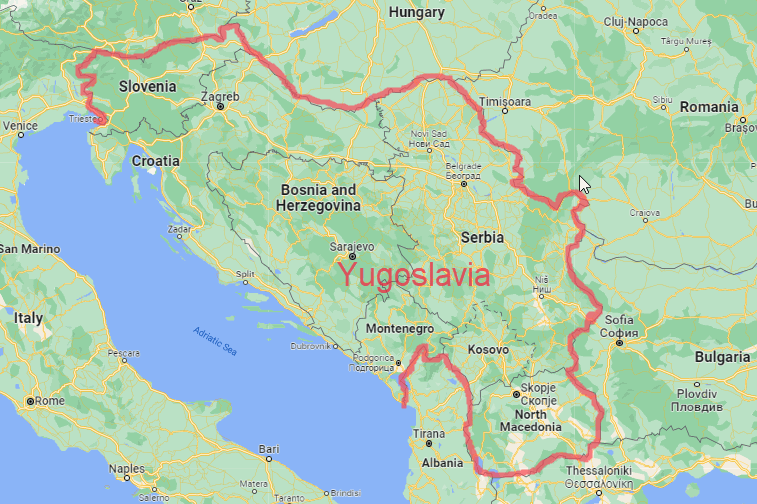
Originally one of the many Roman provinces along the Adriatic, the Slavs (ethnic Serbs) migrating into the area of what would later become known as Montenegro culturally assimilated the remaining inhabitants of the defunct Roman Empire. By the 11th century the region was part of the Grand Principality of Serbia. The Schism of 1054 witnessed a parting of the ways between the Roman Catholic and Eastern Orthodox (Byzantine) churches, however the coastal region of the Grand Principality welcomed both churches. This tolerance worked nicely for the Roman Catholic Venetian Empire, which had been wheedling its way down the Adriatic coast over the past several hundred years. Despite the Serbian Slavs’ Eastern Orthodoxy, in the late 12th century the Venetians convinced them to rebel against the Byzantine Empire. A successful attack was launched against Kotor (a Byzantine holding) bringing it under Serbian authority where it remained as a friendly trading partner with the Venetians for the next 200 some years. With its protected location down a long and winding bay, Kotor became a major player in the lucrative salt trade, growing into a wealthy and powerful city piquing renewed interest from the power-hungry Venetians. Several wars were fought between 1405 and 1420 before Kotor, and the entire Bay area, finally ceded their sovereignty to the Venetians. It’s at this point in history that the name Montenegro first appears. The Venetians began referring to their newly acquired region as monte negro (black mountain) in reference to the densely forested landscape of Mount Lovćen, which separates the Bay of Kotor from the open waters of the Adriatic – monte negro is the latinized version of the local name “Crna Gora.” Over the next 400 years the Venetians dominated the coastline from just south of Dubrovnik, Croatia to Durrës, Albania, never stretching more than 20 km (12 miles) inland. They gained and lost bits of territory over that time-frame, but the Bay of Kotor was the center of their activity. Following the War of the First Coalition (1792-1797) they were forced to relinquish the Bay to the Austrians.
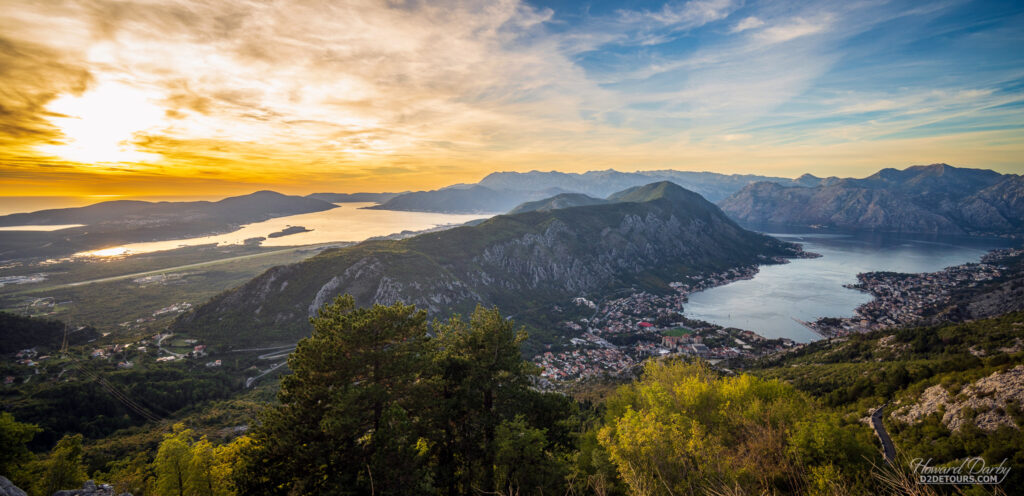
While the Venetians maintained control of the coastline, the interior was a messy mix of Serbian-held land, an ecclesiastical principality, and seven clans (who frequently fought with each other), all of which eventually fell to the Ottomans in the 15th century. In the twilight of the 19th century, all of the Balkan states were chafing under the Turkish yoke and rebellions were popping up everywhere. Montenegro secretly gave aid during a Herzegovina uprising (1875), they joined forces with Serbia (1876) in a failed attempt to oust the Turks, before finally trouncing them in 1878 as part of a Russian-led coalition. Under the terms of various treaties signed following the Russo-Turkish War, Montenegro more than doubled its territory and was internationally recognized as an independent state (though the coastline remained in the hands of Austria).
With the outbreak of WWI, Montenegro sided with Serbia against the Austrians. Talk about “the pot calling the kettle black,” at the end of the war, Serbia annexed Montenegro (wasn’t it the annexation of Bosnia & Herzegovina by Austria that set the stage for WWI???) and united with the Slovenes and Croats to create the Kingdom of Serbs, Croats and Slovenes, later renamed Yugoslavia. The end of WWII saw Montenegro regain some semblance of independence as it was one of the six republics of the Socialist Federal Republic of Yugoslavia. While the rest of the republics sought their independence during the fall of communism in 1989, Montenegro remained aligned with Serbia forming the Federal Republic of Yugoslavia (FRY) and supported (or turned a blind-eye) to many of Serbia’s less than favourable policies. It ended up suffering the consequences of that association when the United Nations imposed an embargo on the FRY in 1992. Montenegro’s response to this hit on their economy was to turn to smuggling (cigarettes in particular) with the Bay of Kotor as the ideal hub and while the 1990s might have been the height of this activity, it still continues to some degree today. In the early 2000s, Serbia and Montenegro began renegotiating the future of their union with the result that by 2006 the vast majority of Montenegrins wanted independence. On July 27, 2006 Montenegro became the 192nd member of the United Nations, and Yugoslavia ceased to exist.

Montenegro is not yet a member of the EU, although negotiations have been ongoing since 2012. The Copenhagen Criteria sets out the standards countries must meet for accession into the Union (things like a stable democracy, a functioning market economy, a guarantee of human rights and freedoms) and while Montenegro is the furthest along in that process amongst the current candidates for membership (Albania, North Macedonia, Serbia, and Turkey), it still has a long way to go. A 2020 review conducted by Freedom House (a US-based think tank) describes Montenegro as a hybrid regime rather than a democracy because of “declining standards in governance, justice, elections, and media freedom.”
Dollars – We averaged just under $123/day Canadian ($94 USD / €94) for 9 nights on the Bay of Kotor. Even with the cost of a car lease, and gas, a stay in this area is definitely budget-friendly working out to approximately $3,690 per month CAD ($2,696 USD / €2,722). Had we been car-less and relied solely on public transportation our daily average would easily have been under $100/day.
Despite not being a member of the EU, in 2002 (before it had even applied for membership) Montenegro unilaterally adopted the euro as its national currency. The route to the use of the euro was a bit circuitous though. As Yugoslavia was disintegrating in the early 1990s, and Montenegro remained aligned with Serbia, the Yugoslav dinar was the official currency although a significant number of deutsche marks were also in circulation. Inflation was horrifyingly high – at its peak the DAILY rate of inflation was 62%. By 1999, Montenegro was taking baby steps towards asserting its independence from Serbia, and trying to protect its economy, so they introduced a dual currency system – dinar and mark. As public confidence in the mark grew, in 2001, with support from the German central bank, Montenegro adopted the deutsche mark as its sole legal tender. The next year, the euro was officially introduced, replacing the mark in Germany, and Montenegro adopted it as well. Initially, the European Commission was not entirely onside with that step stating that “the conditions for adoption of the euro are clear … first and foremost, to be a member of the EU,” however they ultimately decided that given the “extraordinary circumstances” present in Montenegro at the time the euro was introduced, an exception would be made.
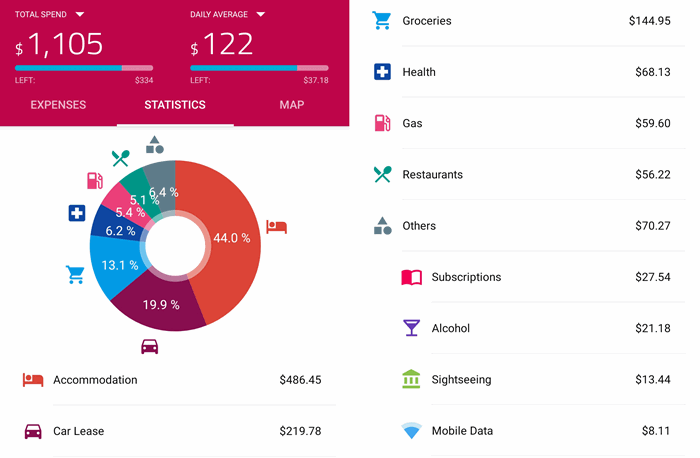
Environment – The Kotor Municipality includes 56 little towns and villages along the Bay, including the fortified town of Kotor. We stayed in Dobrota which butts right up against Kotor. The view from our Airbnb was stunning, and we were only a 25 minute walk along the waterfront to the Kotor town fortifications.

We thought the location was ideal.The town of Kotor is a cruise ship port so can get VERY busy (I think one day there were three ships in port) but our location was quite quiet and we just got to enjoy watching the ships sail past our balcony. It was also a good jumping-off point for visiting a few of the other towns along the Bay. Our Airbnb host and his mother were delightful, welcoming us with a bottle of homemade rakija (vodka), a sip of which made me fear for the health of my liver, and later in the week bringing us baked goodies and homegrown citrus fruits. The kitchen was a bit cramped for cooking, but once you sat down on the balcony to enjoy dinner you forgot about any inconvenience.
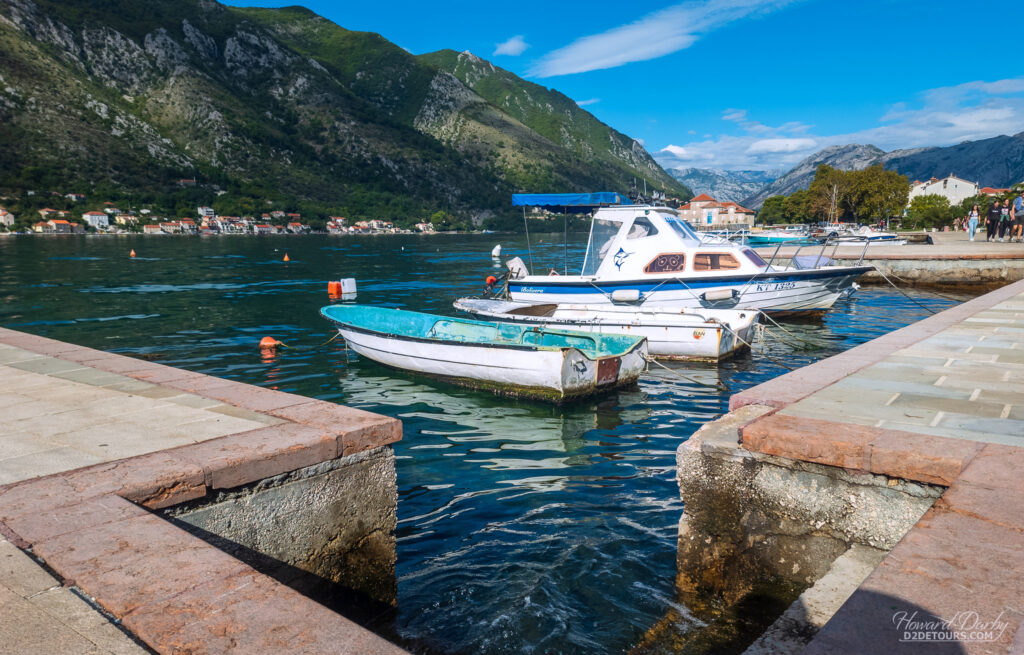
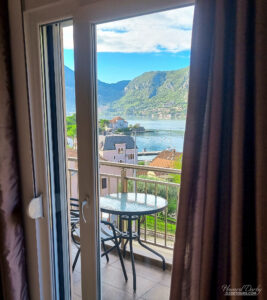
Tips, Tricks & Transportation – Montenegro has a tourist tax – €1/pp per day. If you are staying in a hotel I think they take care of the logistics but because we were in an Airbnb we had to stop by the registration office in the town of Kotor (within 24 hours of arriving), complete the paperwork and provide a copy of the receipt to our Airbnb host. We also had to keep a copy for ourselves. We got the impression the registration/tax was absolutely mandatory but when I asked if anyone was going to ask for proof we’d paid (like at the border when we tried to leave), I got a shoulder shrug from the clerk and a “maybe.” It wasn’t going to break us, and I certainly didn’t want to run into any trouble, so we followed the protocol; no mention of it was made at the border!
Lots of grocery store options in the region, HDL Hipermarket, Aroma, Idea, Voli, but none of them are open on Sundays.
While we have enjoyed having the freedom of a car, it would not be necessary for a stay in the Bay area and can be a bit of hindrance. Parking is awful – cars line-up on the street outside parking lots, and as one car leaves the parking attendant will let in the next vehicle. There is bus service between the towns along the Bay (the Blueline) and I gather is a pretty good option.
Out and About
Kotor
Fortifications have surrounded the town of Kotor as far back 535 CE when it was the Byzantine town of Dekatera, but the Venetians are credited with creating what we see today. Beginning in the 15th century, the Venetians began constructing bastion forts to protect their vital sea ports along the Adriatic.
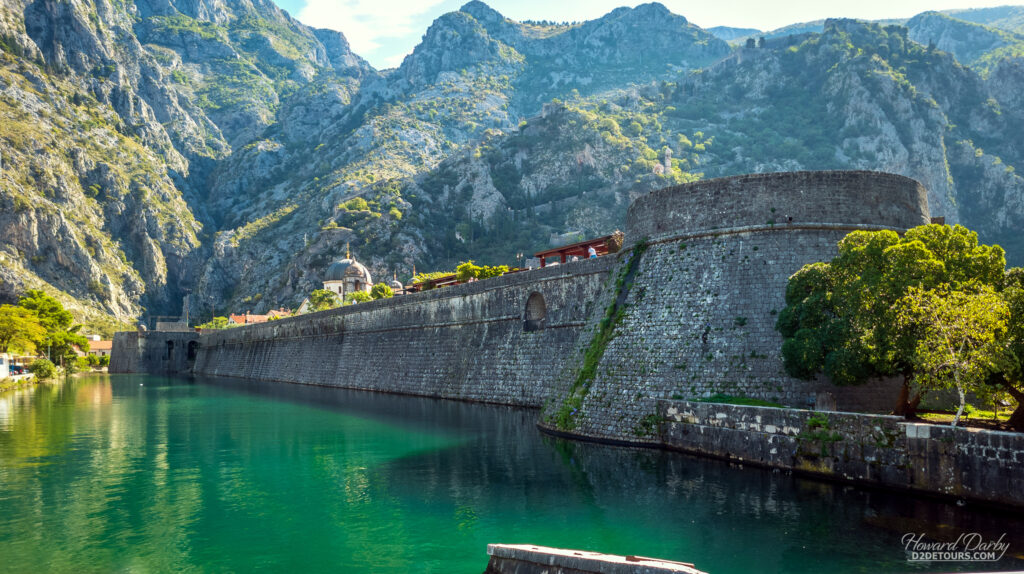
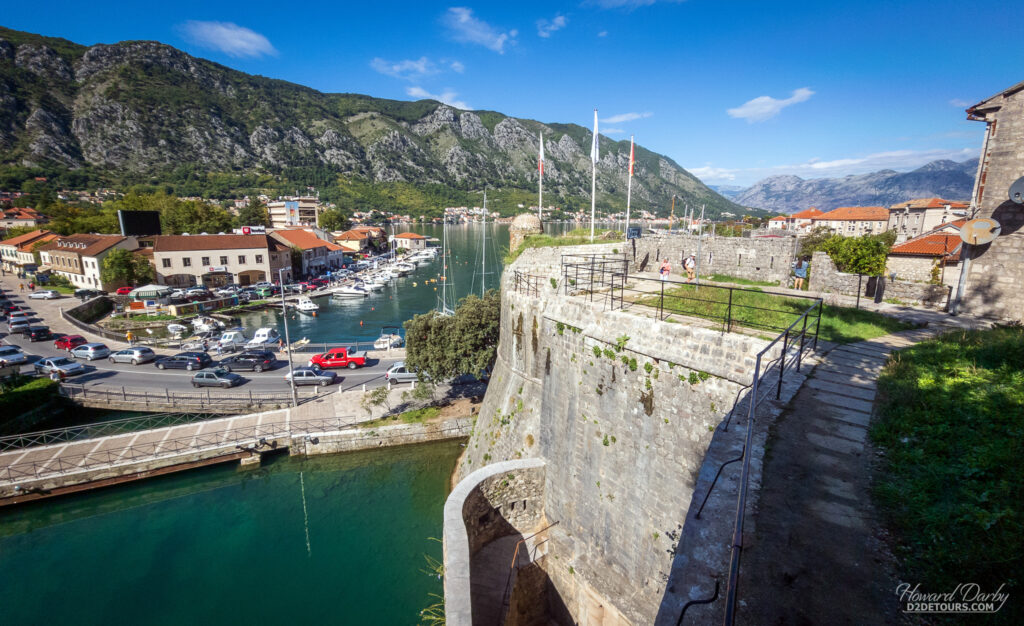
Kotor is the oldest of their fortified towns and it is still in spectacular shape, being included as one of six UNESCO designated “Venetian Works of Defense.” Rather nondescript during the day, the gray ramparts climbing up to the fortress atop St. John Mountain blend into the landscape, but at night they shimmer with lights and I was convinced we needed to walk them. Then I found out there are 1355 steps to climb and you have to pay for the privilege of punishing your knees (€8 / $11)! If you have stronger knees than me, the ramparts are technically open 24 hours a day, with admission only being charged between 8am and 8pm, so if you got up bright and early, you could walk them for free – our Airbnb host didn’t recommend trying to negotiate the steps after dark.
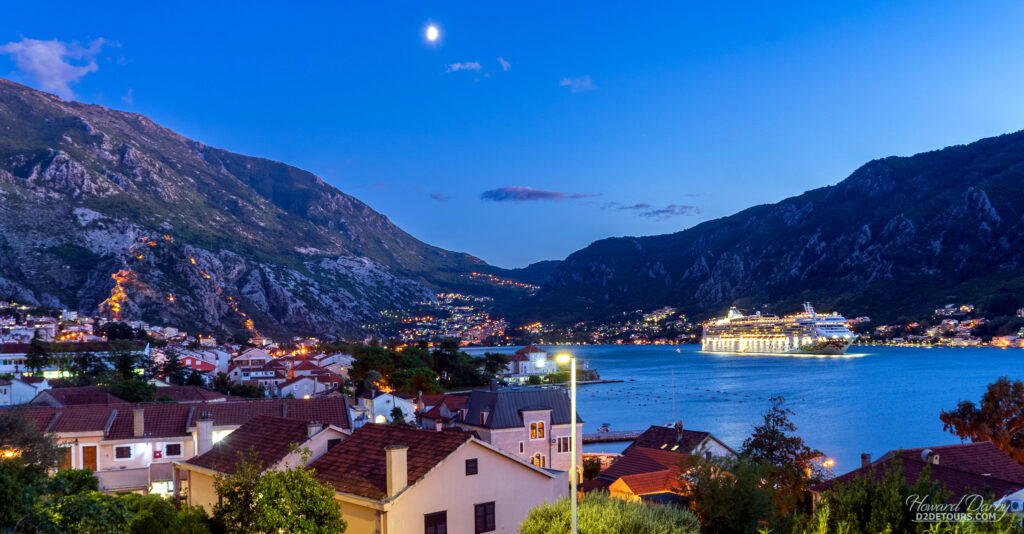
We contented ourselves with wandering the flat surfaces of the main town (and the free-of-charge lower ramparts) which are a twisty, turny delight of nooks and crannies, with kitty cats around every corner. Cats are an important fixture in Kotor, having protected the town over the centuries from rats and snakes, and are considered a good luck symbol – there’s even a cat museum near the monastery of Our Lady of Angels. I think Kotor was my favourite fortified town to date (and believe me we’ve seen a lot of fortified structures over the past several months in Europe).
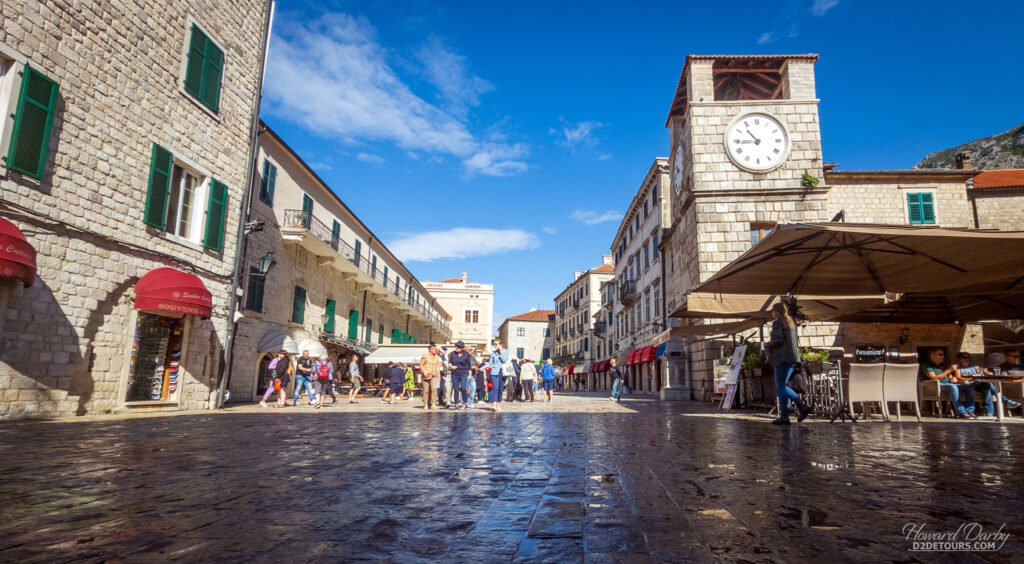
One of Howard’s preferred types of photography is night-time shots and the hills rising up around Kotor provided an ideal vantage point for sunsets and town lights. I opted not to go with him, which was just as well. I find the driving conditions in Europe terrifying and frequently grip my armrest convinced we are about to die (Howard is mostly learning to just ignore my panicked gasps). The drive up the mountain was a serpentine route of hairpin turns and blind corners on a road that really was only meant for a single horse-drawn cart – even Howard thought it was a bit dicey – but the end result was definitely worth the stress.
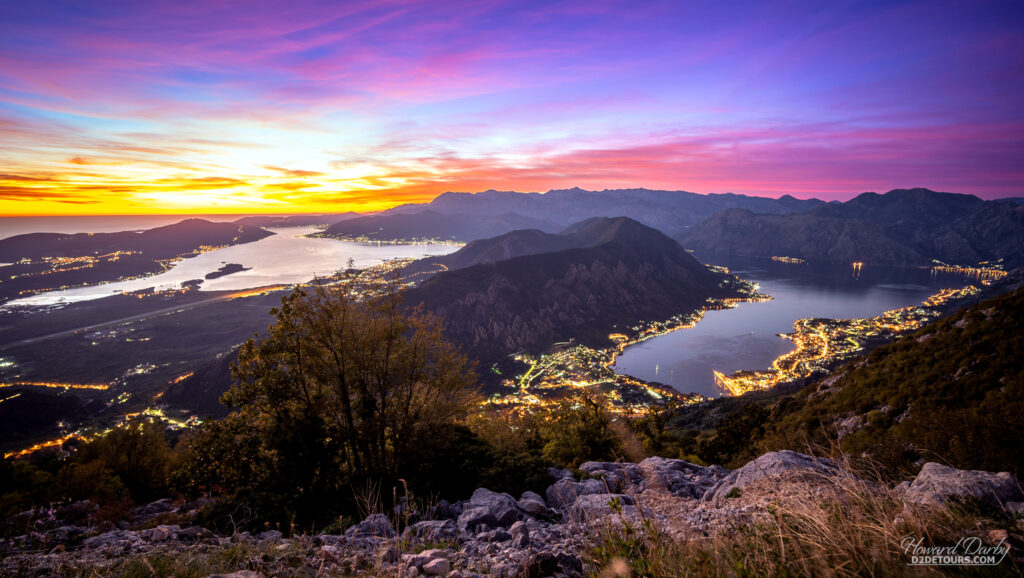
We drove only a short section of that same road to visit the ruins of Thurmfort Gorazda, an Austrian stronghold dating from 1886. It’s a two-storey, heavily fortified, concrete hunk dug into a ditch. Entrance to the fortress is along a narrow, curved path between two retaining walls, ending at a retractable bridge over the ditch.
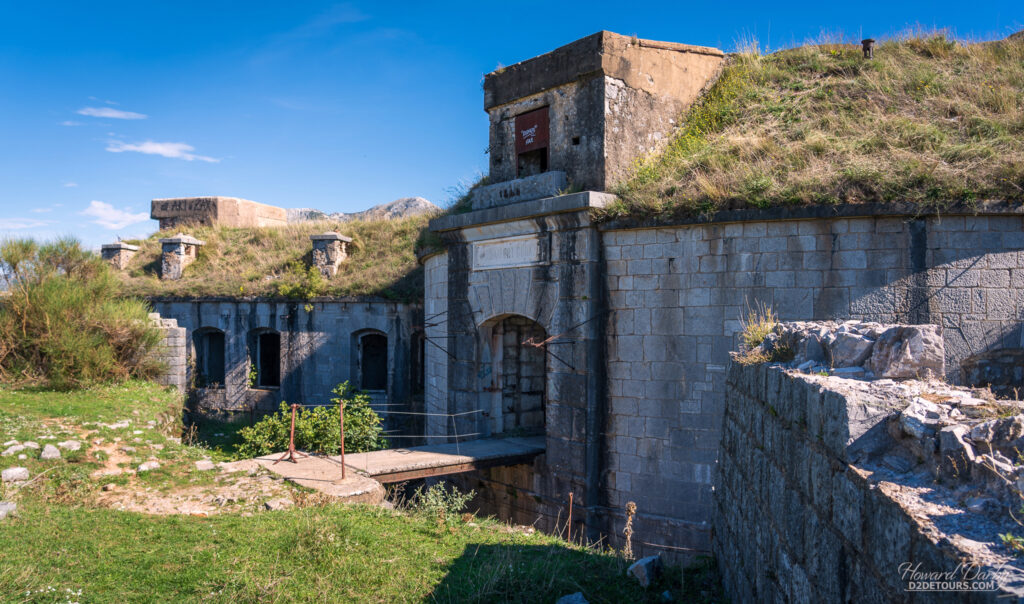
Not surprising, during the First World War, the Austrians were able to easily withstand artillery attacks from the Montenegrins. Following the war, the Yugoslav Army used the fort as an army depot before it was completely abandoned in the 1990s. The enormous 100-ton Gruson rotating turret still remains, however, and this German-made weapon, manually powered by a two-man crank, is the last surviving example of its kind.

Abandoned buildings rarely give me the willies, but I felt if I was ever going to encounter a ghost, this would be the place – one of the rooms must have had a beehive in the walls (I hope it was a beehive) and you could feel the drone echoing off the walls. The weird black and white graffiti, seemingly hovering in the distance as you enter the fortress, wasn’t particularly comforting either.
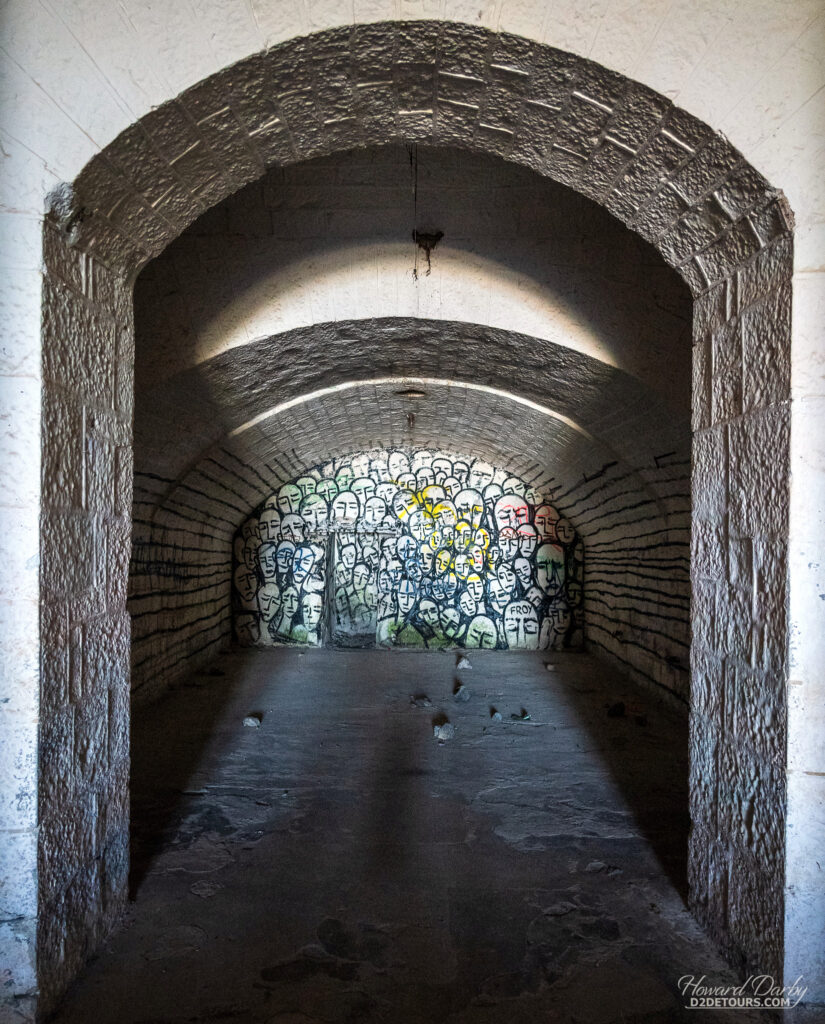
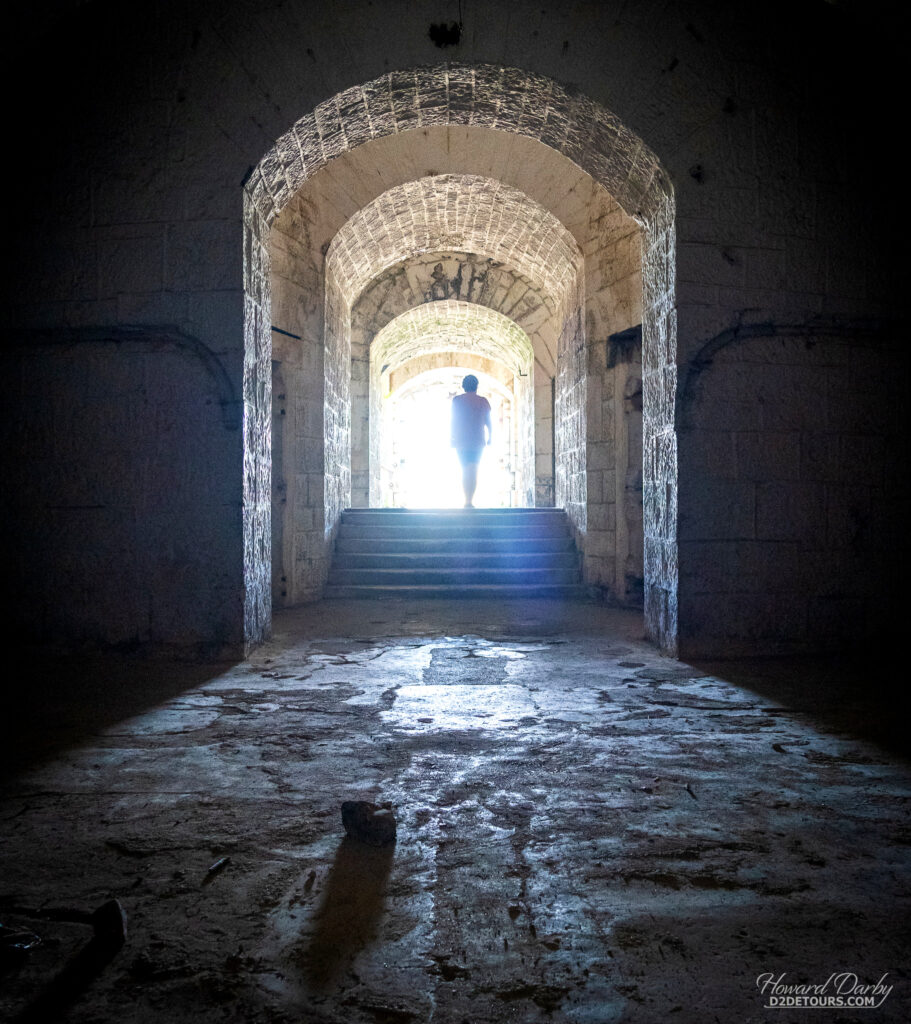
Risan
About 13 km (8 miles) from Dobrota is the town of Risan, the oldest settlement on the Bay of Kotor (dating from roughly the 4th century BCE). The remains of a 2nd century CE Roman villa have been discovered here and the mosaic floors from seven of the rooms within have been carefully preserved. Most of the mosaic flooring is tri-coloured, white, blue-grey and black, but the master bedroom boasts the only known example of a mosaic depicting Hypnos, the Greek god of sleep. It is full of colour and quite beautiful. A trip through the museum won’t take very long and the entry fee of €5 ($6.75 CAD) is maybe a tad pricey for what you actually see, but I’m such a fan of Roman and Greek ruins that any time I can help contribute to their preservation, I’m happy to do so.
Perast
About halfway between Dobrota and Risan is the old fishing village of Perast, which we visited on our way back to Dobrota from Risan. We parked (for free) on the highway and then walked down into the town (230 steps down, which confirmed for me and my knees that the 1355 steps up to the Kotor Fortress was not a realistic option). Perast is very pretty and we enjoyed walking the length of it nestled up against the shoreline, admiring the old Venetian architecture.
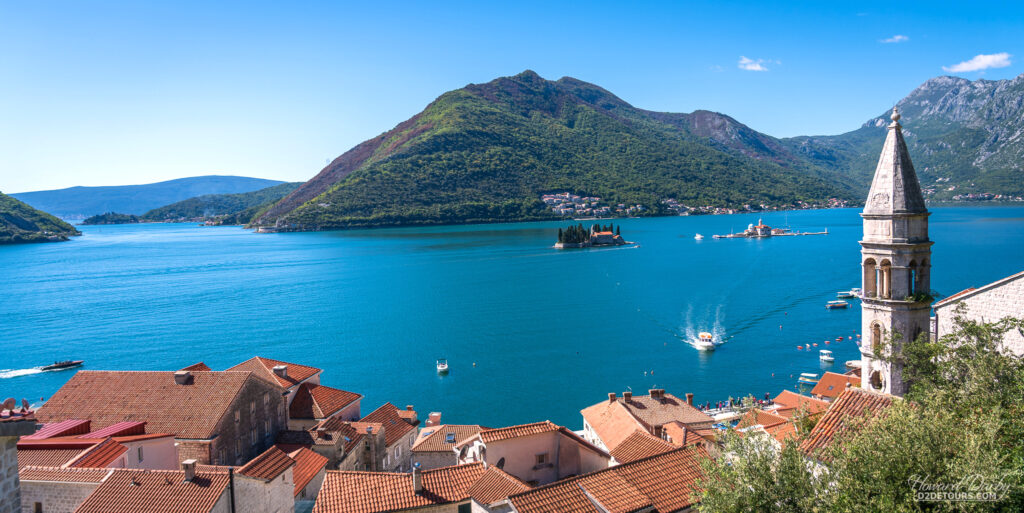
Us – Dobrota/Kotor ranks as one of our favourite destinations and we could have happily spent another week or two in the area. The weather was perfect – mid 20s Celsius – and because it was shoulder season (beginning of October) the crowds had thinned. The downside is that some restaurants are getting ready to shut for the season (I think many of them close at the end of October, reopening in the Spring) so occasionally menu choices were reduced – not a big deal for us as we prepare most of our meals ourselves. I understand July and August are packed with tourists (a lot of Russians, apparently) and I suspect travelling the narrow, single lane road around the Bay would be slow going. Even in high season though, I got the impression that locals take a fairly laid-back approach to life. I saw this quote about how to have a happy Montenegrin life and think I will adopt it as my mantra – “If you have the urge to work, sit down, wait, and you’ll see it will pass.” Off to Southern Italy!
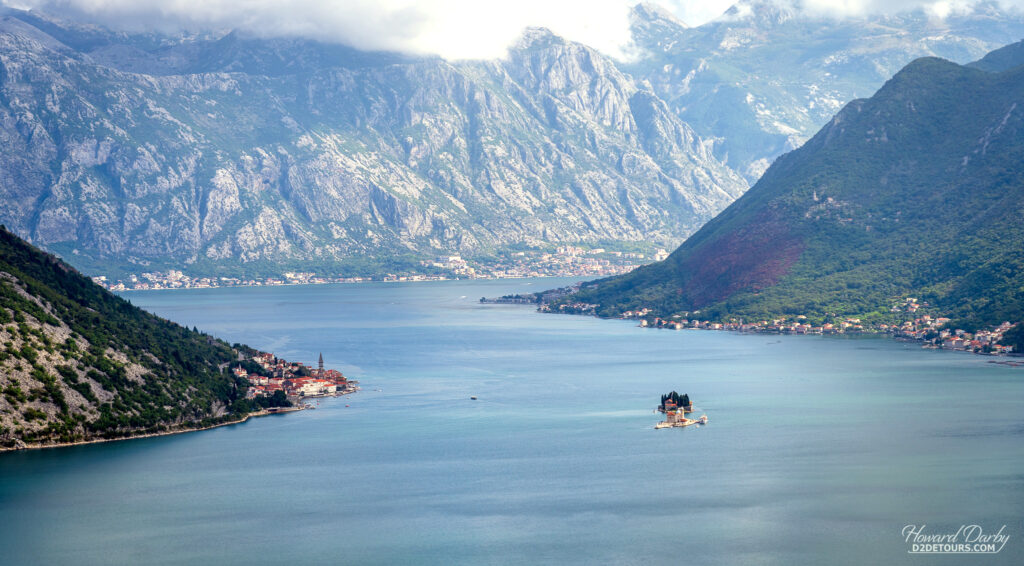
Restaurants – Perast Cake is a Montenegrin specialty, traditionally reserved for special occasions. Made with sugar, almond flour, lemon zest and a splash of brandy, it’s rather dry but keeps forever which made it the perfect treat for sailors to carry with them as a sweet reminder of home and loved ones. Our Airbnb hostess brought us a couple of pieces one afternoon and we were three-quarters of the way scarfing them down when we realized we should have taken a picture for this post – oops.
Speech – When Montenegro split from Serbia in 2006 they spent the next decade lobbying for Montenegrin to be recognized as its own language. To support their position that it differed from Serbian, they added two additional language letters to “their” alphabet – “žj” and “šj.” In 2017, they finally met with success when the International Organization for Standardization added Montenegrin to its list of language codes, but the consensus among most linguists is that Montenegrin, Serbian, Croatian and Bosnian are basically the same language and a recent census showed more people in Montenegro spoke Serbian than Montenegrin. As has been the case throughout the Balkans, English is understood pretty much everywhere you’ll find tourists, but here are a few good words to know in Montenegrin:
- Dobro Jutro (dob-ro yoo-tro) – Good Morning;
- Dobar Dan (dob-ro dan) – Good Afternoon;
- Dobro veče (dob-ro ve-che) – Good Evening;
- Zdravo (ZDRAH-voh) – Hi;
- Dovidenja (doh-vee-JEH-nyah) – Goodbye (Ciao works too);
- Molim (Mo-leem) – Please;
- Hvala (HVAH-lah) – Thank you;
- Da / Ne – Yes / No;
- Izvini (EEZ-vee-nee) – Excuse Me;
- Da li pričati Engleski? (DAH-lee PREE-cha-the lee EN-gles-kee?) – Do you speak English?
- Ne razumem (neh rah-ZOO-mem) – I don’t understand;
- Koliko to košta? (KOL-eeko- toh koshra) – How much is that?
- Račun (RAH-choon) – Bill (in a restaurant);
- Izvinite (EEZ-vee-nee-teh) – Sorry.
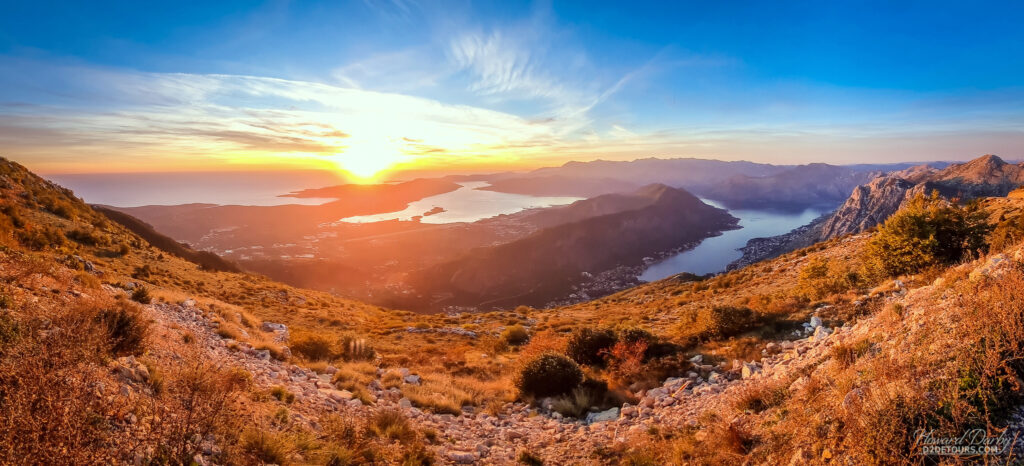



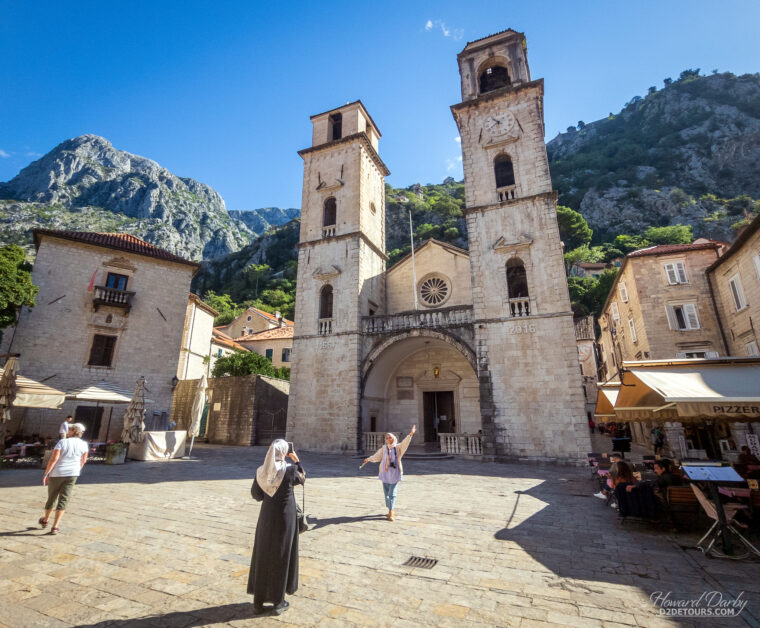
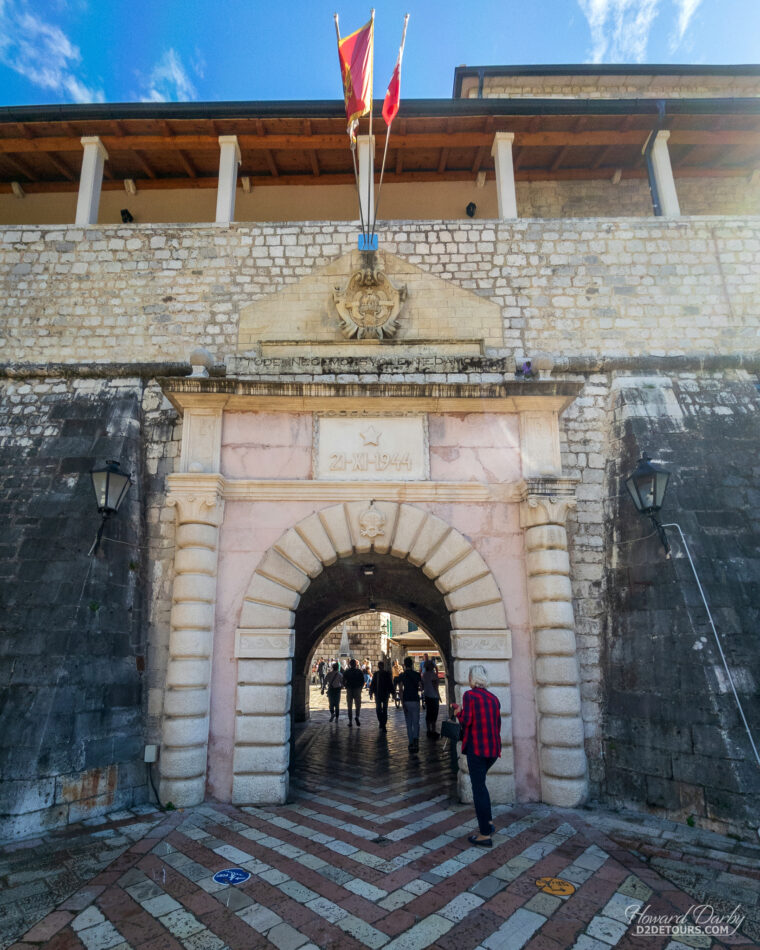
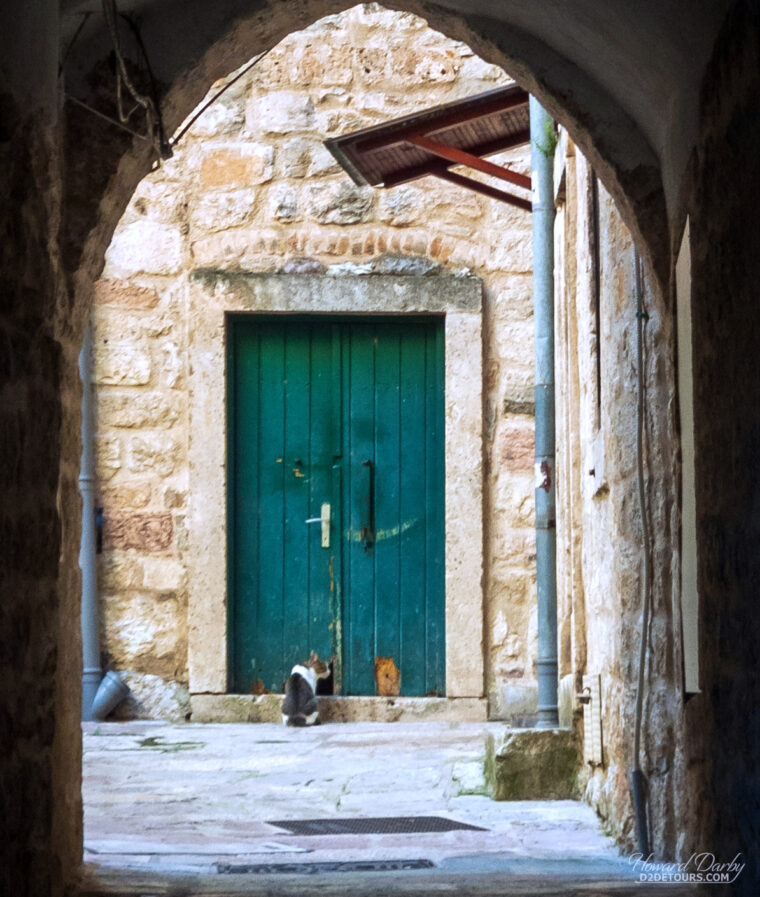
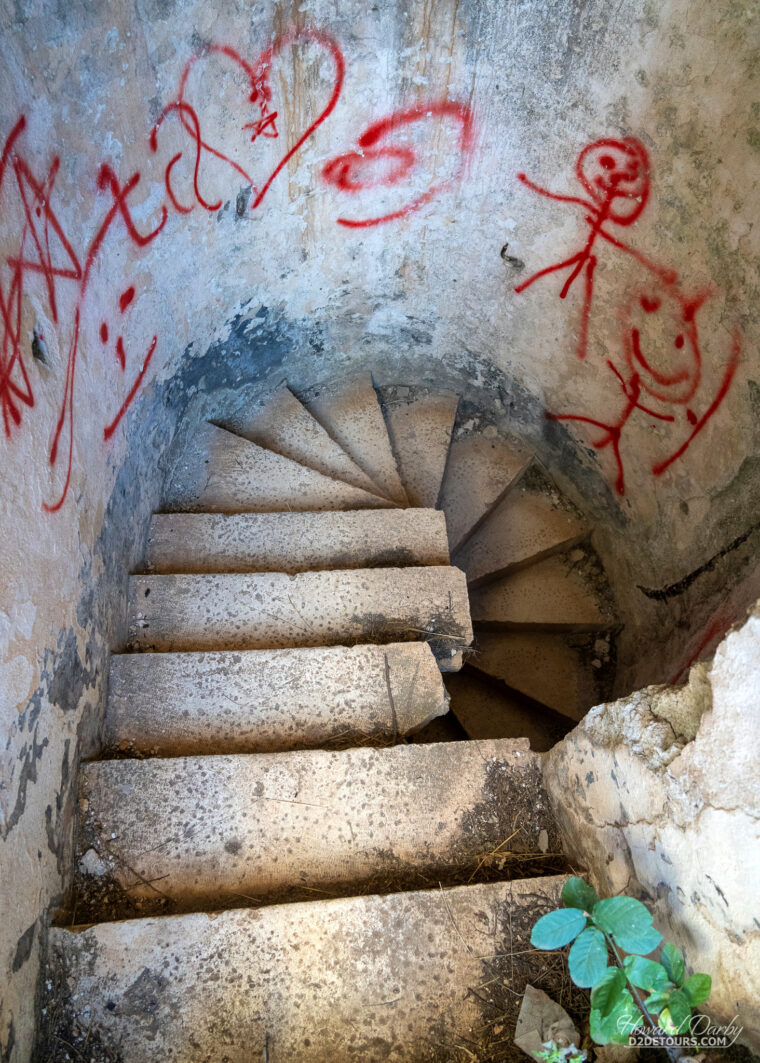
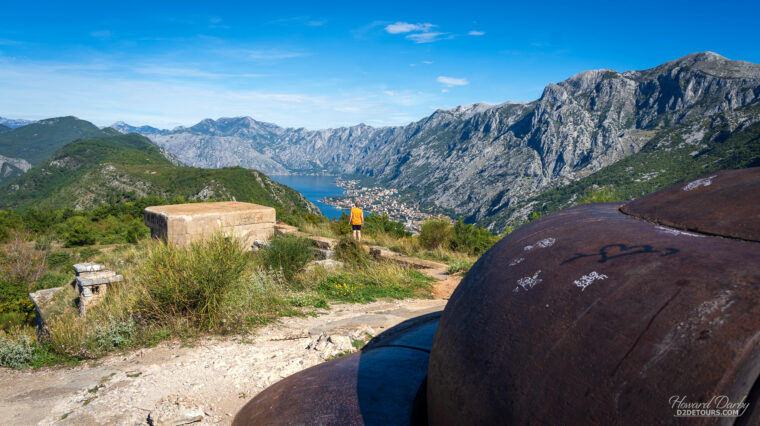
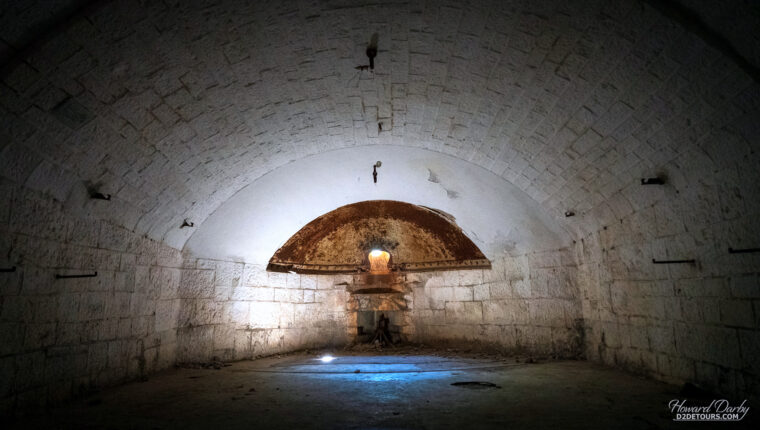
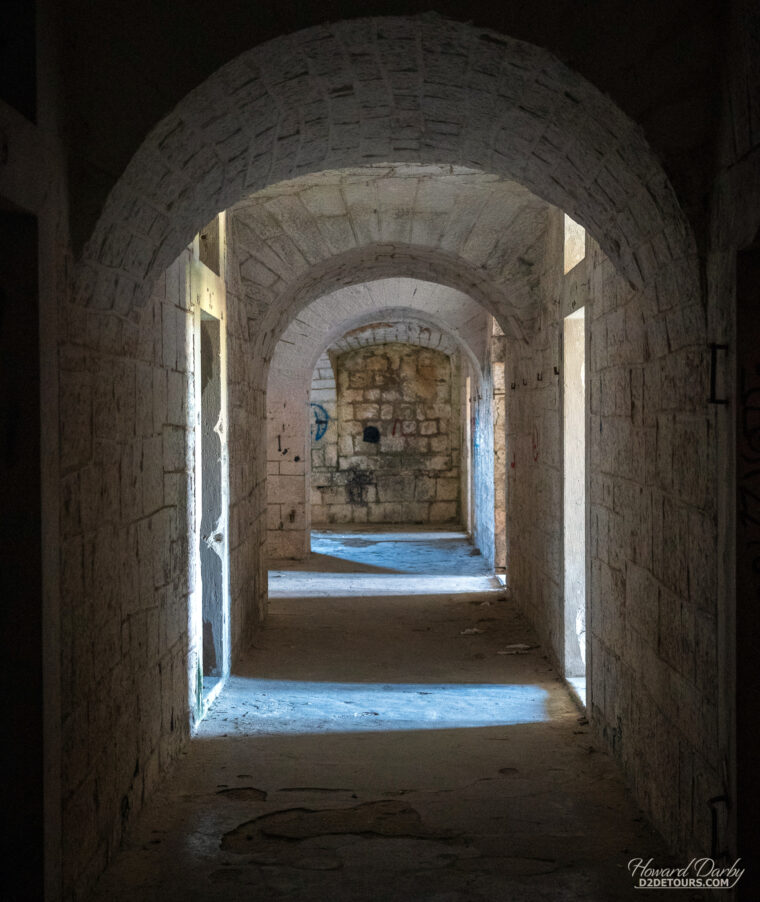
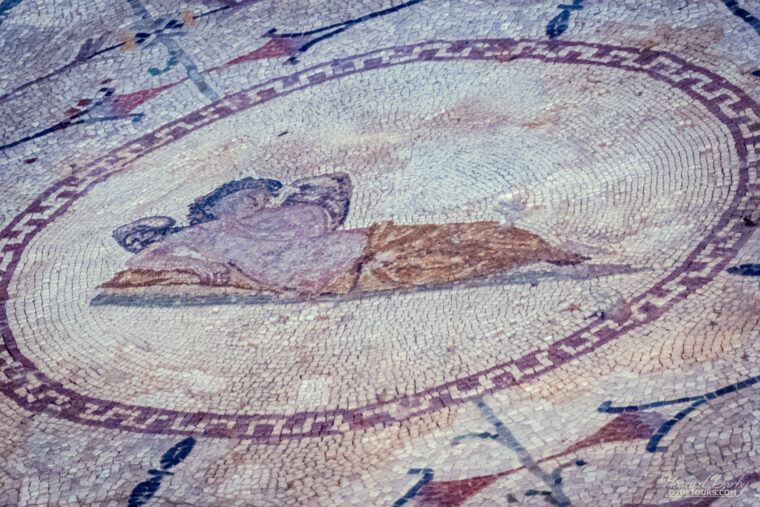
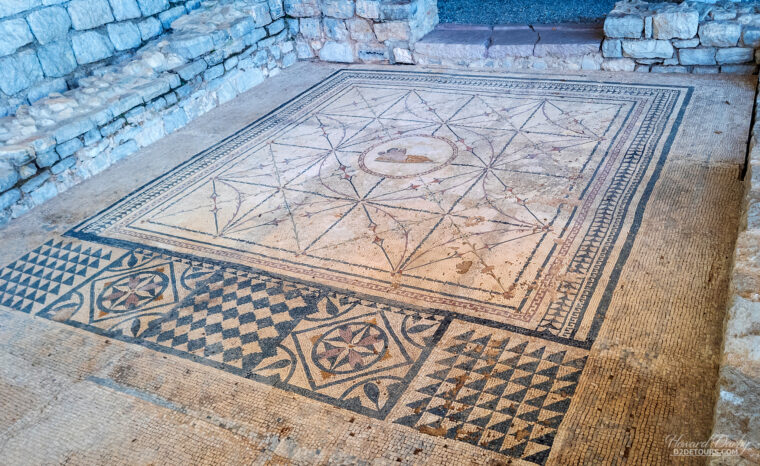
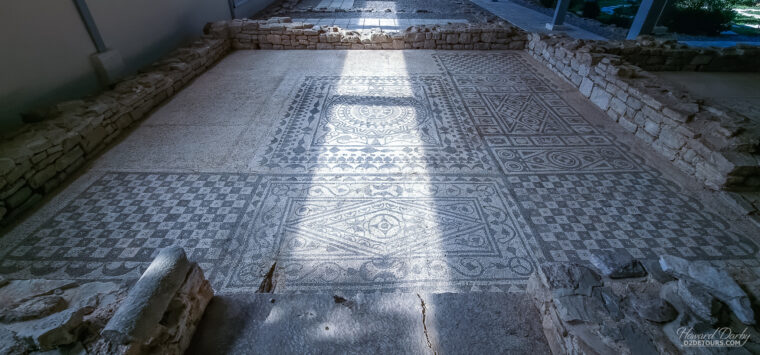
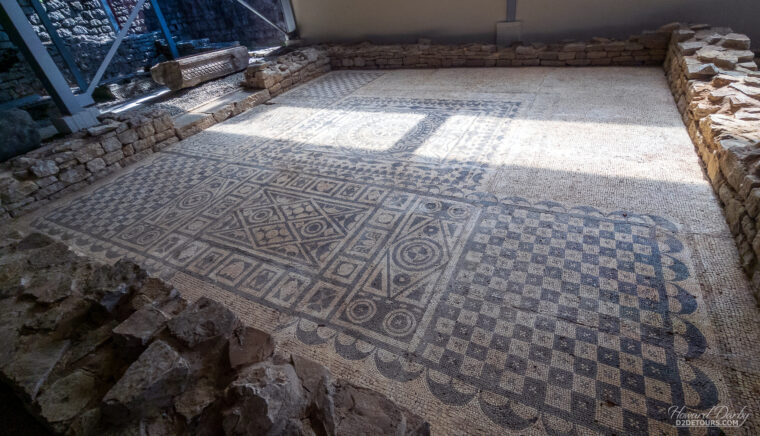
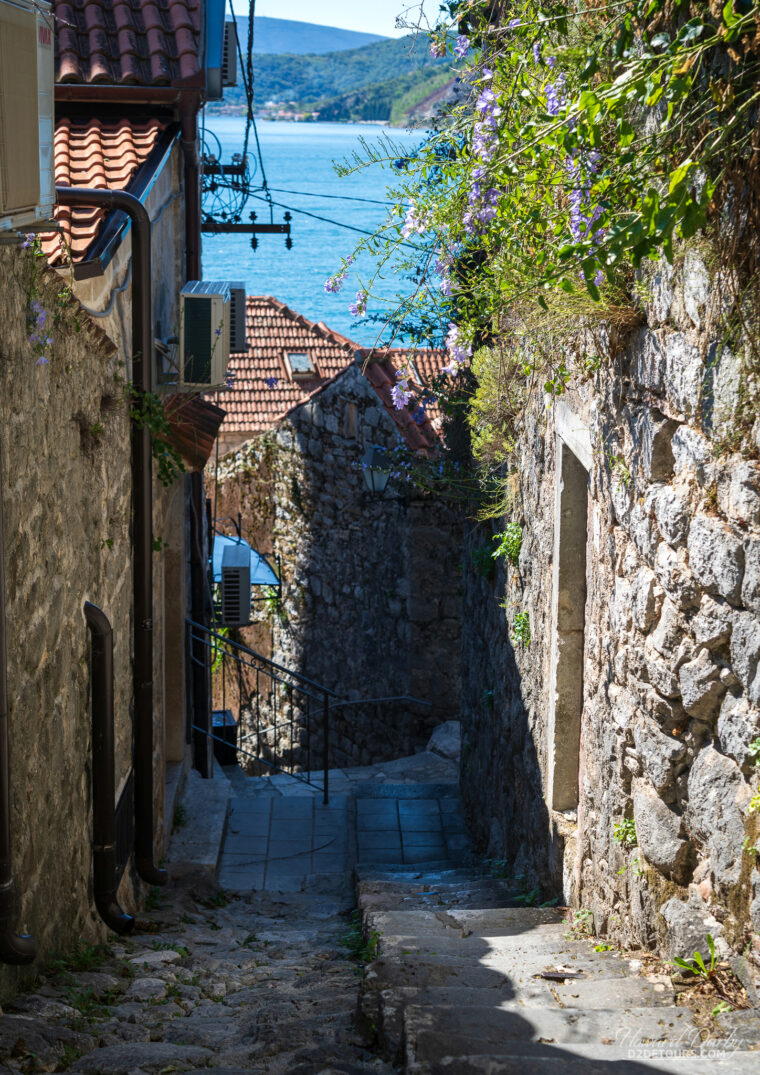
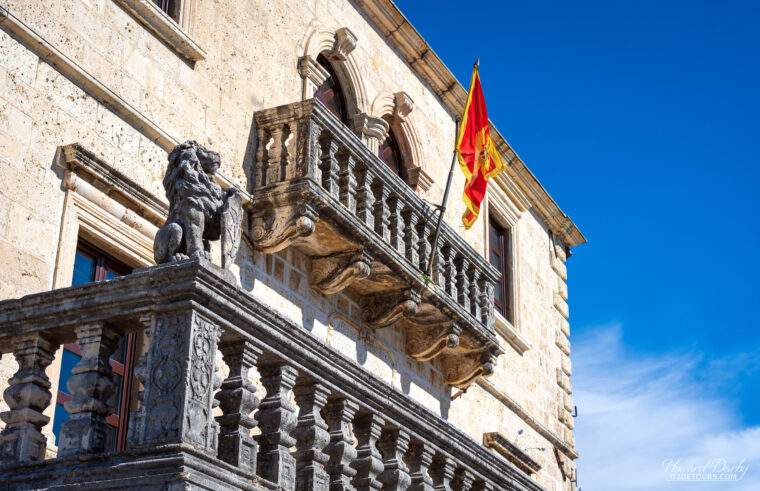
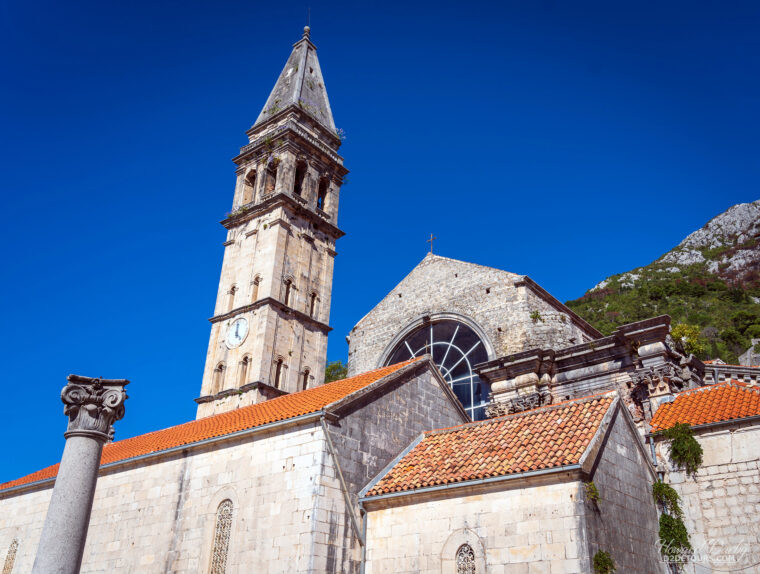
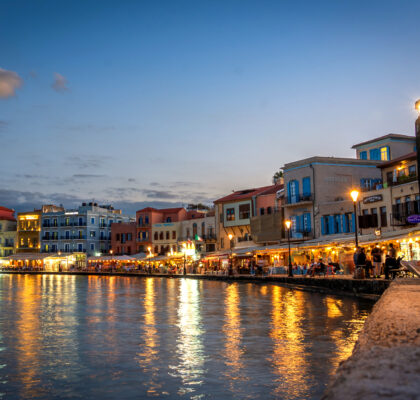
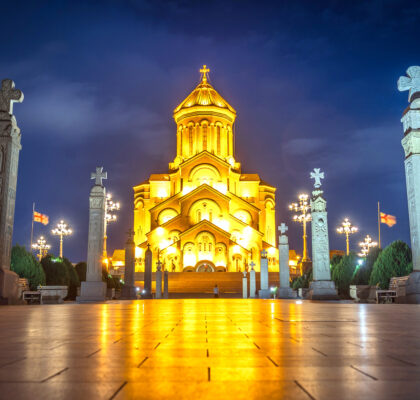
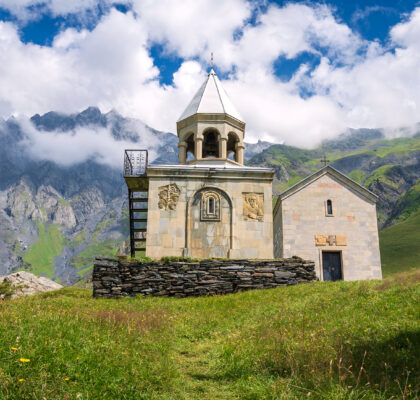
We also loved Montenegro, but we’re disheartened with what the cruise ship culture had done to Kotor.
Thanks for such a detailed post. We are looking forward to seeing something of Kotor in November
Pingback: Abandoned Places: Our Favorite Travel Spots! - D2 Detours